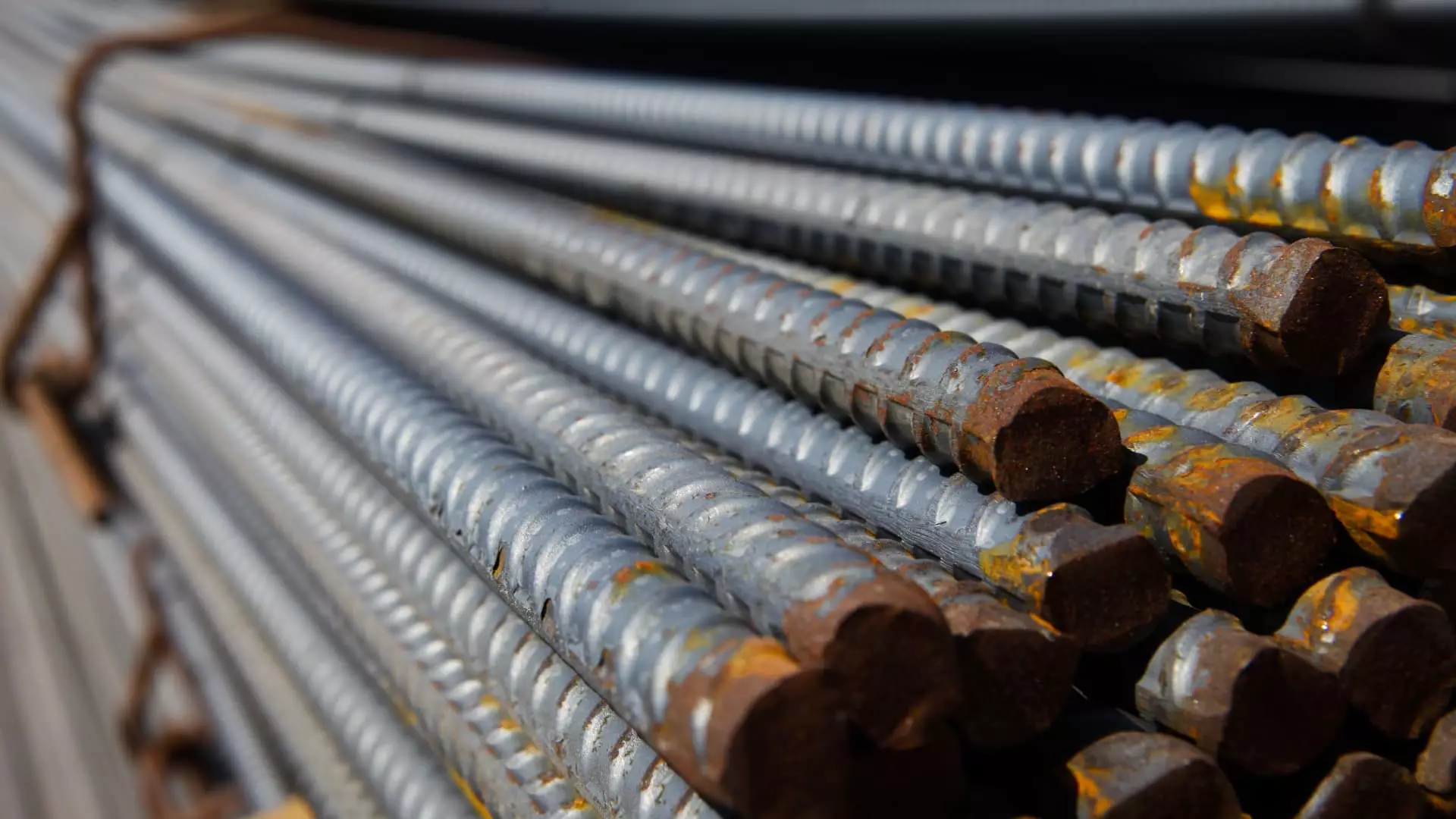The landscape of American steel production has been marked by volatility, driven particularly by the trade policies of the administration in power. Recent changes to tariffs, particularly those imposed under President Donald Trump, bring renewed attention to the dynamics of the steel industry in the United States. While the immediate impact seems beneficial for steelmakers, Wall Street analysts caution that the long-term outlook is fraught with risks and uncertainties that could undermine these gains.
The steel industry is reacting to Trump’s newly implemented tariffs—25% on imports from Mexico and Canada, and 10% on China. These tariffs aim to elevate domestic production by making foreign steel more costly. Companies like Nucor and U.S. Steel have reported marginal gains in stock prices amid hopes that U.S. operations might rise as competition diminishes from cheaper foreign imports. Historically, American steel manufacturers have struggled against price undercutting, which CEO Leon Topalian of Nucor attributes to “illegal dumping.” This occurs when foreign nations sell steel in the U.S. market at prices lower than in their own countries, often due to government subsidies or currency manipulation.
The stock market exhibited immediate reactions, with fluctuations noted in the Dow Jones Industrial Average as investor sentiment swayed. Although initial fervor translated into some gains for steel stocks, the market’s volatility serves as a potential warning signal about the sustainability of such growth.
Analysis from prominent financial institutions reveals a more nuanced view of the potential benefits of these tariffs. For instance, Morgan Stanley predicts a recovery of steel prices in the coming years backed by protectionist measures. The bank forecasts a modest increase in U.S. steel demand—a mere 1.6%—which would likely temper the anticipated price surge resulting from tariffs. Despite a temporary uplift, analysts like Carlos De Alba stress that the rise in steel prices could be limited due to underlying demand challenges.
Moreover, strategy changes among the players within the industry could have further implications. U.S. Steel, which has been targeted by foreign acquisitions, saw a blocked takeover from Japan’s Nippon Steel earlier in the year. New alliances are forming, such as the potential partnership between Nucor and Cleveland-Cliffs, which could create competitive pressures and reshape the marketplace.
Beyond the immediate effects of the tariffs, there remain significant concerns about the sustainability of steel demand in the U.S. market. One of the predominant end-use sectors for steel is the automotive industry, which accounts for nearly 25% of the domestic steel demand. Analysts from Bank of America Securities express skepticism about the potential for declining auto production and how this could pose a downside risk to steel stocks in the longer term.
Additionally, while U.S. analysts agree that tariffs could lead to short-term price increases, the broader economic landscape remains unpredictable, especially when considering potential global trade disruptions. An environment marked by rising costs of raw materials and supply chain challenges could dilute the anticipated benefits of protective tariffs. Waxing optimism among steel companies could turn pessimistic if demand does not materialize as expected.
The current optimism surrounding tariffs on imports brings a mix of short-term gains, yet potential long-term pitfalls for U.S. steelmakers. While protective measures may initially bolster prices and stock values, structural issues surrounding demand—particularly from key industries such as automotive—warrant cautious consideration. The unpredictability of global markets, coupled with domestic economic signals, suggests that today’s gains might not translate into enduring success. The steel industry must navigate these complexities carefully to ensure a resilient foothold in the future landscape of American manufacturing.

